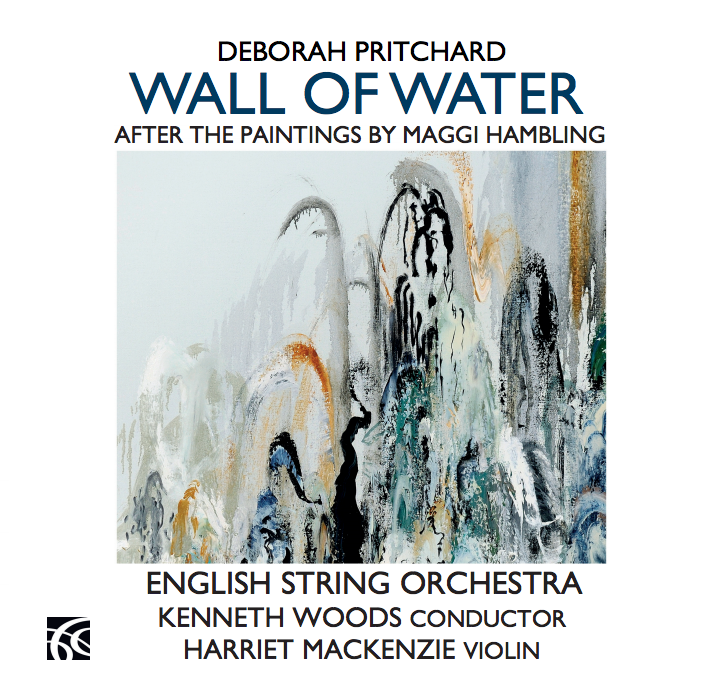“…If ever an evening set the bar high this was it, but I can’t think of any evening that so comprehensively exceeded expectations.”
From the May edition of Kensington, Chelsea and Westminster Today
Mozart’s Requiem: Origins
English Symphony Orchestra
Academia Musica Choir
Kenneth Woods
St John’s Smith Square Friday 24 April 2015
Wolfgang Amadeus Mozart Requiem in D Minor (K626)
George Frideric Handel, Wilhelm Friedemann Bach
There was no K627
The trouble with being more a heart-on-sleeve fan rather than cool and restrained ice-critic is that the last concert always does seem to have been the best. Thus it was on a warm spring April night, when I collected the new lawyer and headed for the venue that always delivers, St John Smith Square. I have a number of positive links with the second city, and am Villa fan to boot, so I looked forward to welcoming the English Symphony Orchestra and the Academia Musica Choir to a Westminster gig that used to be beyond our borders, but is now within – for that most sacred of all sacred music the never knowingly under-mythologised Requiem, Mozart speaking to us individually from his death bed, classical structures redacting voyeurism. If ever an evening set the bar high this was it, but I can’t think of any evening that so comprehensively exceeded expectations.
Chatting to Kenneth Woods in the afterglow of the perfect cultural event, edifying, educating, and at once thoroughly entertaining, in the perfectly intimate surroundings of SJSS, Kenneth put his agenda simply: “rebuilding a mass audience for great music will depend on strengthening the sense of community and fellowship around concerts. Pre-concert talks are a great way for the audience and me to get to know each other”.
The charismatic Woods gave a dramatic tour through the key influences of WF Bach and Handel, interacting deftly with the choir and orchestra, before moving seamlessly into Handel’s Funeral Anthem for Queen Caroline (The Ways of Zion do Mourn); high art (and plenty of it) presented with the ease and confidence of the true expert. However interesting and rewarding, these appetisers only served as heralds. Woods clearly knew exactly how to stage Mozart’s Requiem for maximum effect. I suspect if you’ve read this far you know it well but if you don’t, perhaps because sacred music doesn’t appeal, Mozart really does transcend genre. If you think because it’s a requiem it’s going to be too complex or just plain dark (and none of the movements have been made famous in adverts), remember that Mozart’s command of melody makes him perhaps the most accessible of all the really big-hitters.
The main controversy around the Requiem is to do with authorship. Elements of his pupil (and close friend) Süssmayr’s contributions (particularly Sanctus and Benedictus) have been subjected to quite unnecessarily harsh criticism. I actually find them appealingly innocent given that he was writing in the immediate aftermath of Mozart’s death. Some purists might think they’re a bit progressive rock, well maybe, but prog rock was rehabilitated years ago. Haydn’s famous quote “posterity will not see such a talent again in a hundred years “was uttered at the time of The Requiem’s premier. Kenneth Woods in his excellent exposition of the work and its influences establishes that authorship is interesting scholarship but a piece of music stands or falls on its own particularly if brand Mozart is throwing its weight about, and the work was substantially complete by the time of his death.
For the informed amateur the question of authenticity around The Requiem is a distraction that Kenneth Woods has (certainly for me) resolved with considerable finality:
“People have been arguing over [Süssmayr’s contribution when collating and completing Mozart’s work] for years, but I think it’s safe to say that the music is almost all Mozart, who wrote out the vocal parts and bass line from beginning to end for almost all of the piece. Süssmayr must have had sketches and detailed instructions from Mozart for the three movements that Mozart wasn’t able to write down. Süssmayr’s role was primarily that of an orchestrator/arranger. The two short “Osanna” fugues are probably the part of the piece where only Mozart’s theme survives. The idea is inspired, but they’re unimaginatively worked out by poor Süssmayr. At least they’re short.”
So there you are. An argument that has been raging for over 220 years can be parked. It’s pretty much all Mozart, except for the little bits that aren’t, and which are either charming anyway, or immaterial.
On the night, Woods ably supported by a splendid orchestra and choir featuring soprano Sofia Larsson, contralto Emma Curtis, tenor Matthew Minter, and bass Brian Bannatyne-Scott, and with apologies to a cast of about a hundred all of whom deserve a mention, produced a real tour-de-force. Nothing oozes a glamour more lustrous than The Requiem, not even reading Fitzgerald and drinking Vodka Martinis on a balmy Boxing Day in Cap Ferrat. A fabulous rendition of Mozart’s most famous piece, Woods argues perhaps his best. There was no K627.
© James Douglas




